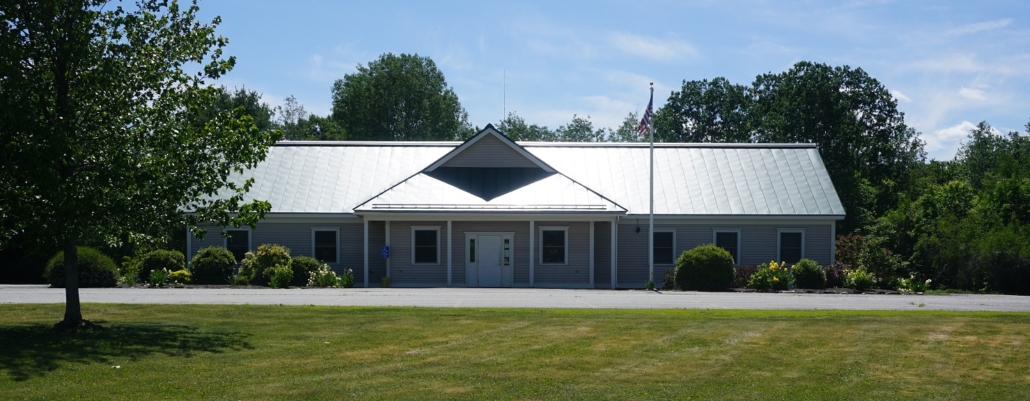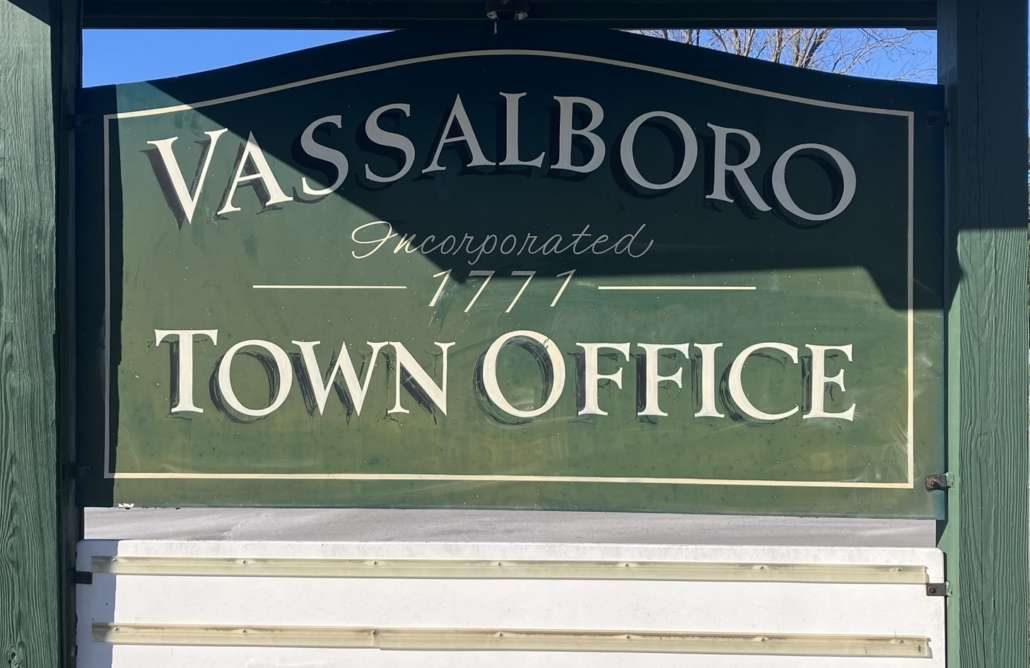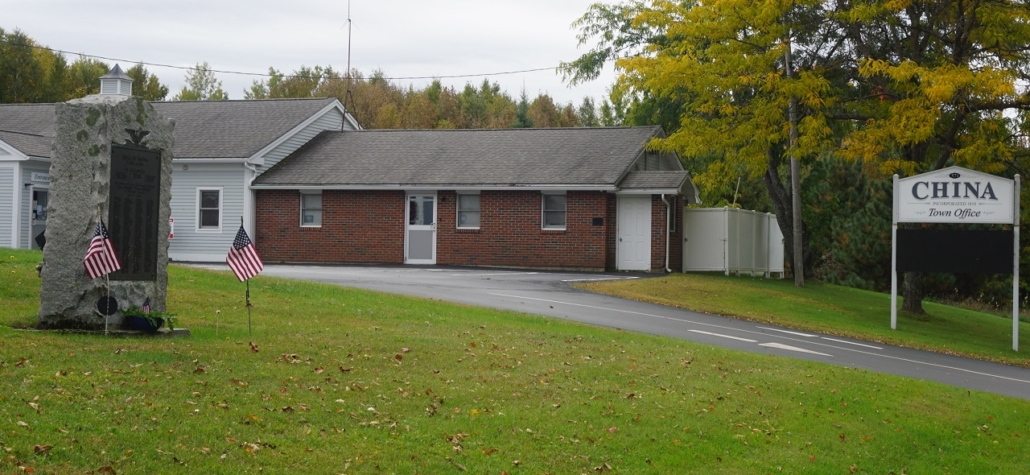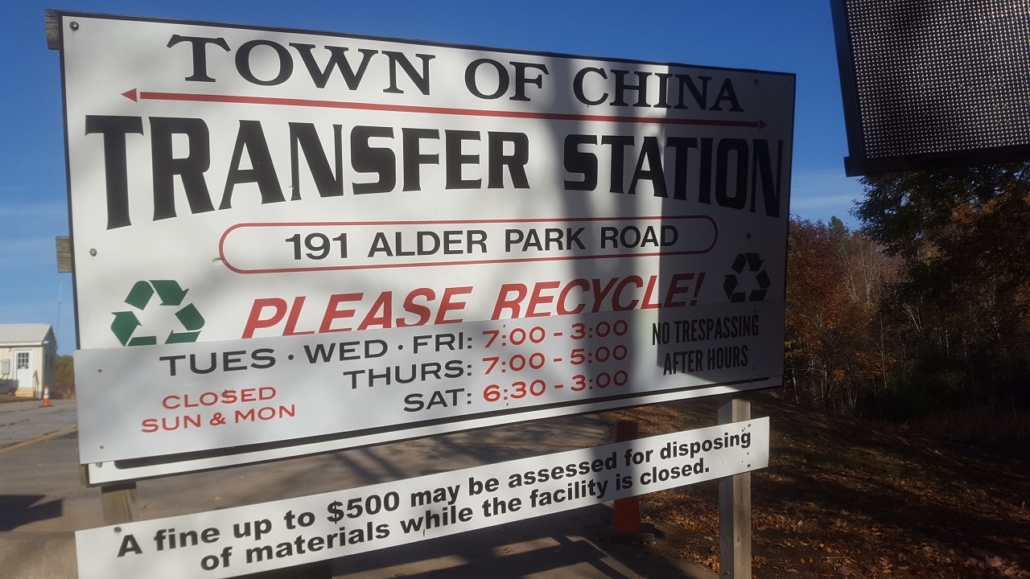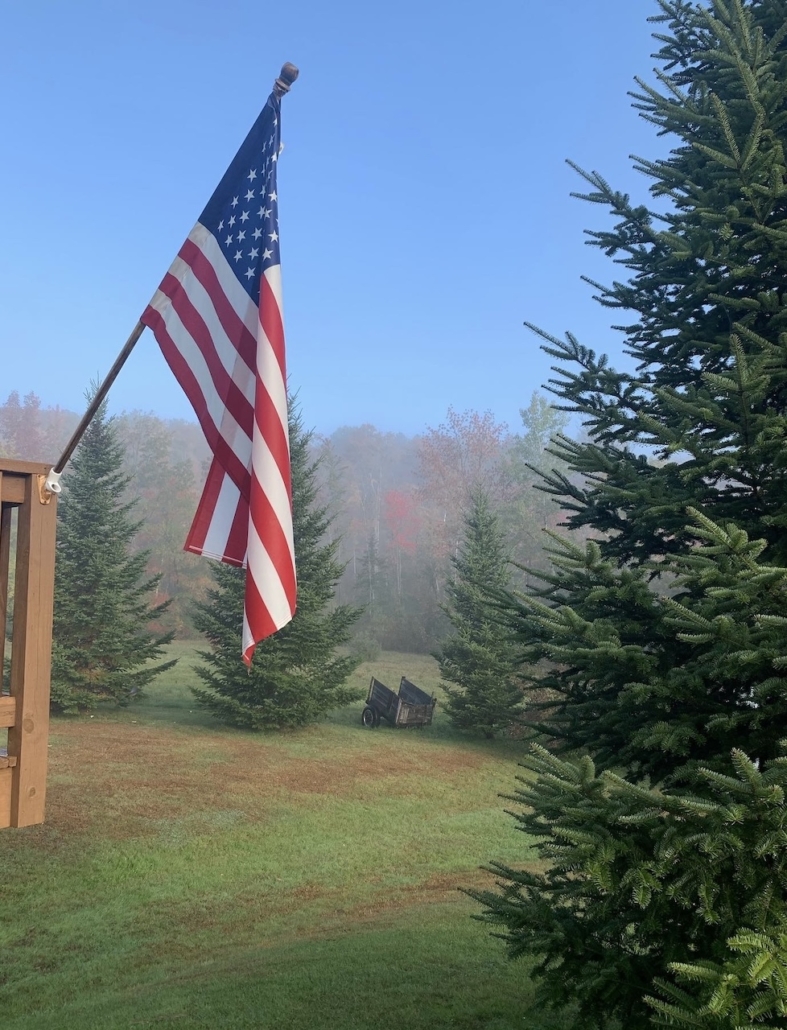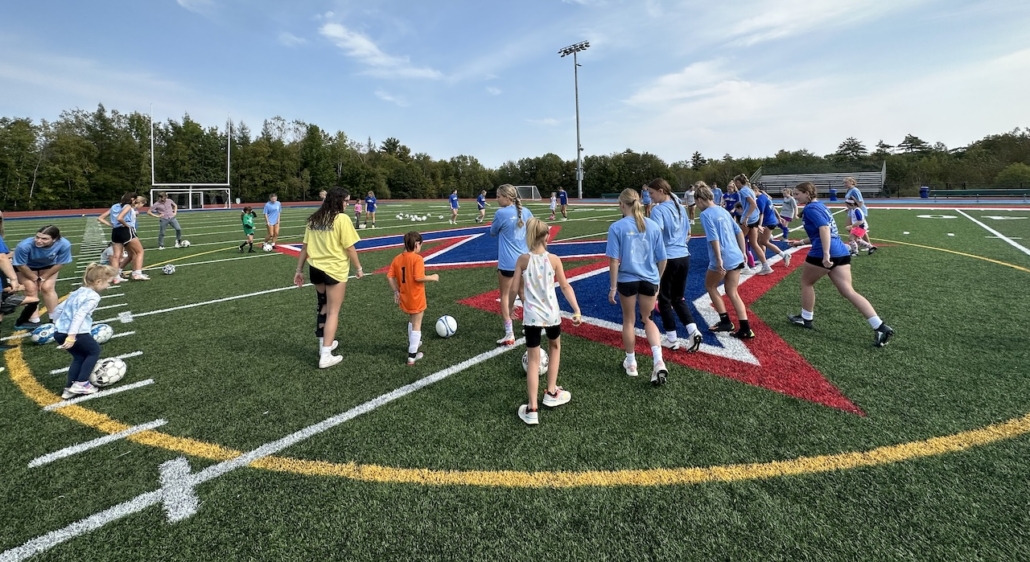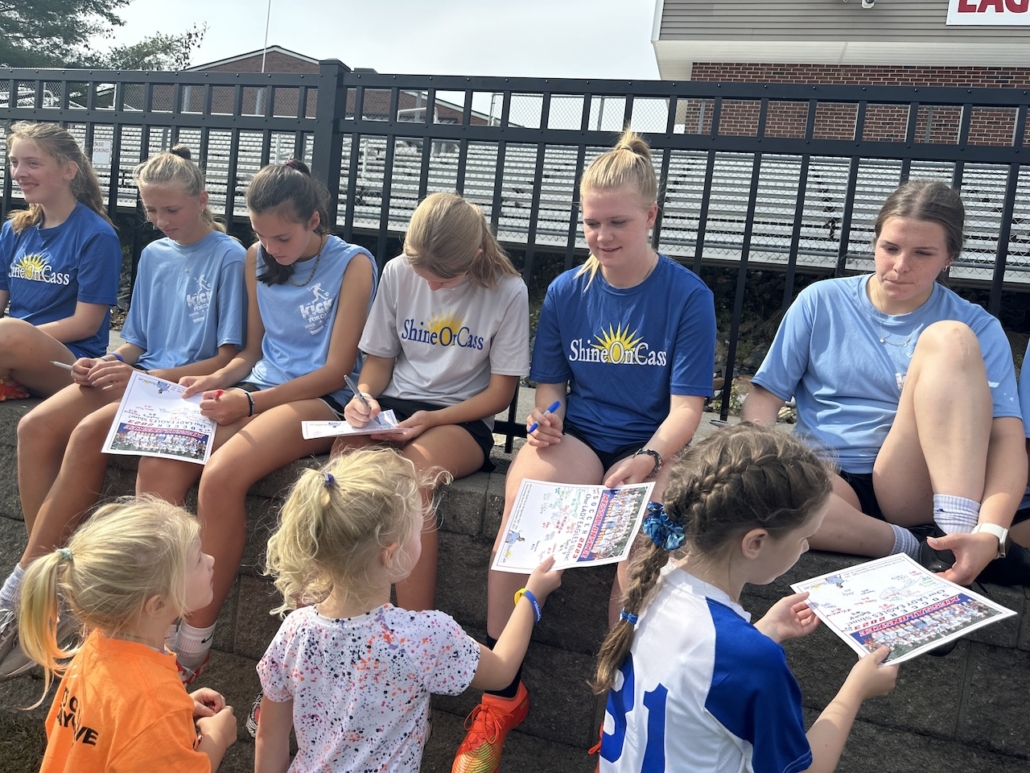DOREEN A. NADER
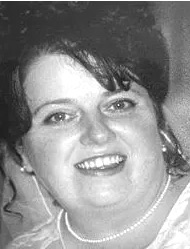 WINSLOW – Doreen Ann Nader, 55, of Winslow passed away Sunday, August 25, 2024, at MaineGeneral Medical Center, in Augusta. Doreen was born in Waterville on May 31, 1969, to Joseph “Joe” William Nader Jr., and Mary Effie (Robinson) Nader.
WINSLOW – Doreen Ann Nader, 55, of Winslow passed away Sunday, August 25, 2024, at MaineGeneral Medical Center, in Augusta. Doreen was born in Waterville on May 31, 1969, to Joseph “Joe” William Nader Jr., and Mary Effie (Robinson) Nader.
Doreen graduated from Winslow High School in 1988. In 1990 she graduated from Central Maine Vocational Technical Institute, in Auburn, with a graphic arts technology degree. She also took classes at Thomas College, in Waterville, in 1994.
Doreen worked at Staples for many years, she worked at Marden’s Inc., in Waterville, and Target, in Augusta.
Doreen enjoyed scrapbooking with her mother and friends, She also enjoyed sewing, Stampin’ Up and being part of family gatherings along with spending time with her friends.
She was predeceased by her father Joseph “Joe” William Nader Jr. and mother Mary Effie (Robinson) Nader.
Surviving her are her younger sister, Paula (Nader) Snow and her husband Thomas Snow, of Wayne; one nephew, Ben Hasson, of Columbus, Ohio; one niece, Christine Hasson, of Waterville; her godmother Beatrice Nader; and many cousins.
A Mass of Christian burial will be held on Saturday, September 21, 2024, at Saint Joseph Maronite Catholic Church, 3 Appleton Street, in Waterville, at 10 a.m. The burial will follow at St. Francis Cemetery, 78 Grove St., Waterville.
Arrangements are under the direction and care of Gallant Funeral Home, 10 Elm Street, Waterville. An online guestbook may be signed, condolences and memories shared at http://www.gallantfh.com.
In lieu of flowers, donations may be made in the name of Doreen Nader ,to Humane Society Waterville Area, 100 Webb Rd, Waterville, Maine 04901.
PENELOPE LU SWEATT
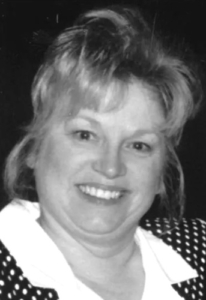 ALBION – Penelope Lu Sweatt, 82, passed away peacefully at her home, in Albion, on Wednesday, August 28, 2024. Penny Sawyer was born on February 5, 1942, in Farmington, the daughter of Norman and Phyllis (York) Sawyer.
ALBION – Penelope Lu Sweatt, 82, passed away peacefully at her home, in Albion, on Wednesday, August 28, 2024. Penny Sawyer was born on February 5, 1942, in Farmington, the daughter of Norman and Phyllis (York) Sawyer.
Moving many times in her childhood, she graduated from York High School, in 1960, before heading to beautician school. She met the love of her life, George, at school in Penacook, New Hampshire, and they married in July 1960.
Penny spent her 50-year career as a hairdresser. She founded Penny’s Hairstyles out of her home, in Greenland, New Hampshire, in the early ‘60s where she raised three sons. In 1976, the Sweatts moved to Albion, to build a home on the family farm.
Penny loved life and lived it to the fullest. She traveled the world with her closest friends and grandchildren and drove long distances to watch her family at sporting events, performances, racing, and so much more. She was always there to support her friends and family and coordinated every major family gathering.
Penny was predeceased by George A. Sweatt Jr., her husband of 58 years, her son, George (Scott) Sweatt III, of Salisbury, New Hampshire, her sister Beverly and husband David Kelley, of Albion.
Penny is survived by Willie Sawyer Grenier (Mike), of Albion; sons, Daren Sweatt, of Concord, New Hampshire, Brian Sweatt (Belinda), of Albion; daughter Jennifer (Jason) Buck; and daughter-in-law Jen Sweatt, of Fairfield; grandchildren, Melissa, Andrew, Ryan, Meghan, Devon Raie (Alton) Savage, Spencer (Cassidy) Sweatt, Ashley Ferris, Amanda Ferris, Jordyn Buck, Sydney (AJ) Amato, and Brady Buck; great-grandchildren, Brynn, Sully, Hailie, Lanalynn, Addilynn, Natalee, Alexandria, and Sophia; nieces and nephews, Katrina (Rick) Dumont, Lynne (Bruce) Blye, Karey Kelley, Keith (Deborah) Kelley, Kern (Michaela) Kelley, Kristin (Scott) Wescott, Ariel Grenier, and Jared (Samantha) Grenier.
Services will be held on Saturday, September 14, 2024, at 11 a.m., at China Baptist Church, 36 Causeway Road, China, followed by a burial at the family cemetery, in Albion. Reception will be at the Sweatt Homestead, 348 Winslow Road, Albion.
NANCY V. BODINE
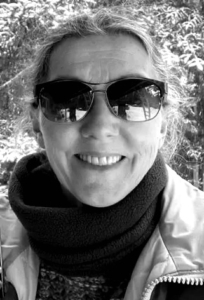 SOUTH CHINA – Nancy V. Bodine, 67, passed away unexpectedly Friday, August 30, 2024, at her camp, on Hyde Island, on Moosehead Lake. She was born August 4, 1957, in Greenville, the daughter of Clementine R. (Munster) and Joseph Henry Gilbert Sr.
SOUTH CHINA – Nancy V. Bodine, 67, passed away unexpectedly Friday, August 30, 2024, at her camp, on Hyde Island, on Moosehead Lake. She was born August 4, 1957, in Greenville, the daughter of Clementine R. (Munster) and Joseph Henry Gilbert Sr.
Nancy loved her camp (Lucky Bummer) on Moosehead Lake, from her hummingbirds to her gatherings on the back beach, sitting around bonfires with friends and family while looking at the stars, and listening to Delbert McClinton. BLP themed parties, raking leaves, champagne cruises at sunset, and her famous barbecue chicken sauce with bean hole baked beans are just a few of the many things for which she was known and loved. She celebrated everything she cared for or about, and was a constant loving force to all who loved her.
Nancy was a 1979 graduate of Thomas College, in Waterville, with a BS in accounting and mathematics. Later she was a 1983 graduate with a Masters of Business Administration, from Thomas College, as well.
She held many varied managerial positions in both private and government sectors during her career. Her final position and the one she was most proud of was her work with the State of Maine as Fiscal Administrator of the Unorganized Territories at the Office of State Auditor. This was a position that allowed her to serve the people in these remote rugged areas like where she grew up.
Nancy is survived by her husband of 45 years, Matthew Bodine; son, Madison Bodine; four brothers, Henry, Mark, Darryl, and Darren Gilbert; four sisters, Vanessa Folsom, Lori-Anna Douglass, Clarissa Howard, and Anna-Maria Herrick; and several brothers- and sisters-in-law; nieces, and nephews.
She was predeceased by her parents.
A celebration of Nancy’s life will be announced at a later date. Arrangements are in the care of the Lary Funeral Home. Messages of condolence and memories may be expressed at http://www.laryfuneralhome.com.
JEFFRINE M. QUIRION
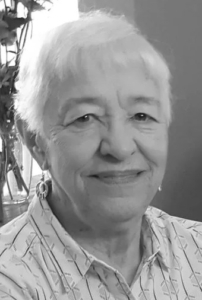 WINSLOW – Jeffrine Marie (Theriault) Quirion, 92, passed away on Friday, August 30, 2024, at Lakewood Continuing Care, in Waterville. Jeffrine was born in Waterville on March 14, 1932, to Joseph and Lucie Dora (Ouellet) Theriault.
WINSLOW – Jeffrine Marie (Theriault) Quirion, 92, passed away on Friday, August 30, 2024, at Lakewood Continuing Care, in Waterville. Jeffrine was born in Waterville on March 14, 1932, to Joseph and Lucie Dora (Ouellet) Theriault.
After attending Waterville schools, she then went to work for C.F. Hathaway Shirt Co.
On July 4, 1951, she married Gerard Quirion. They lived in Winslow for a short period of time before relocating to Marlboro, Massachusetts. They were both employed at the Raytheon Corp., in Waltham, Massachusetts, for many years. She retired in 1992 and moved back to Winslow to be near family.
She enjoyed her beautiful backyard flower garden in the summer months. She and Gerard also enjoyed several cruises over the years. She was a member of the Ladies Guild at her church in Marlboro for many years. Jeffrine was an avid quilter, making many beautiful quilts and wall hangings for herself and family members. Although she had no children of her own, she adored her many nieces and nephews.
She was predeceased by her parents, her husband Gerard, brothers, Irenee (Rene), Raymond, Wilfred, and Leonard, sisters, Grace Huard, Madeleine Grivois, Marie Cash, and Theresa White.
She is survived by her brother John Paul; sister Rita Hikel; sister-in-law Colette Lachance and her husband Roland; many nieces and nephews.
A Mass of Christian Burial will be celebrated on Saturday, September 14, 2024, at 11 a.m., at St. John the Baptist Church, 26 Monument Street, Winslow, followed by a burial at St. Francis Catholic Cemetery, 78 Grove Street, Waterville.
Arrangements are under the direction and care of Gallant Funeral Home, 10 Elm Street, Waterville. An online guestbook may be signed, condolences and memories shared at http://www.gallantfh.com.
In lieu of flowers, please make donations to your favorite charity.
JOHN M. POWERS
SOMERVILLE—John M. Powers, 92, died Tuesday, September 3, 2024, at MaineGeneral Medical Center, in Augusta. He was the son of John F. and Jessie (Marvin) Powers.
John, aka “Jack”, grew up in Revere, Massachusetts. He enlisted in the U.S. Navy and served for four years before enlisting in the U.S. Air Force where he dedicated 17 years of service before retirement as a Tech Sargeant.
On December 27, 1965, Jack married Teresa A. Varrell and they became parents to a son, Michael Powers. Jack’s career in the military led the family to live in various parts of the country, even going overseas to Japan for a period of time. Jack was a gifted artist, and in retirement, he worked as an illustrator for the U.S. Army.
Jack enjoyed singing and playing his guitar, and participating in community theater productions both as an actor and director. He found peace in fishing on Long Pond, in Somerville. Jack also enjoyed creating artwork as his home is adorned with his beautiful paintings and drawings.
Jack is survived by his wife of 58 years, Teresa “Polly” Powers; and his son, Michael Powers.
A graveside service was held on Tuesday, September 10, at 10 a.m., at Calvary Cemetery, 299 Grand Army Rd., Whitefield, ME 04353.
Arrangements have been entrusted to Plummer Funeral Home, 16 Pleasant St., Augusta, ME 04330. Condolences, stories and photos may be shared by visiting www.plummerfh.com.
DONNA M. HEATH
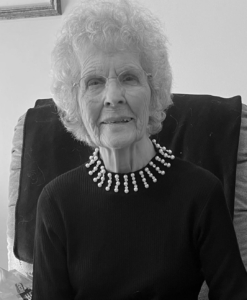 HALLOWELL – Donna Maxine Heath, 88, passed away Wednesday, September 4, 2024, at Woodlands Senior Living, in Hallowell. She was born in Lincoln, on October 7, 1935, the oldest daughter of Isabel Hamm and Harry Peters.
HALLOWELL – Donna Maxine Heath, 88, passed away Wednesday, September 4, 2024, at Woodlands Senior Living, in Hallowell. She was born in Lincoln, on October 7, 1935, the oldest daughter of Isabel Hamm and Harry Peters.
Donna graduated from Sherman High School, in the class of 1954, and went on to attend New Brunswick Bible Institute. Donna married her high school sweetheart, Robert Paul Heath, of Sherman, on August 29, 1955.
Paul and Donna pastored churches from Maine to New York, most recently the East Auburn Baptist Church, Pittston Congregational, and Freedom Fellowship. Donna was the most generous, kind, and loving person to everyone she met. Throughout their lifetime, her children were told countless times by those that knew their mom, just how special she was. Donna’s unconditional love for people made them feel as though they were the most important person in the room. Donna’s legacy was the epitome of unconditional love and support that she invested in each of her children, grandchildren, and great-grandchildren.
Donna was predeceased by her parents Isabel and Harry, her brothers, Vaughn, Woody and Maurice Peters “Dick”, her sister Maxine, her infant daughter Lori-Ann, and her husband “Paul”.
Donna is survived by her daughter Lois Dorr, and her husband Terry; her three sons, Brian Heath and his wife Jennifer, Bruce Heath, Jonathan Heath and his wife, Jessica Wincapaw; her seven grandchildren, Shawn, Erin, Steven, Rachel and her husband Brad, Zoe and her husband Jake, Josie and her fiancé Connor, and Samantha; her six great-grandchildren; Sophia, Izak, Emma, Johnny, Sophie and Bennett; her younger sister Patricia (Peters) Albert, and her husband Leonard.
A memorial service will be held at 2:30 p.m., on Sunday, September 22, 2024, at Cornerstone Christian Fellowship Church, 2539 Riverside Dr., Vassalboro, ME 04989. In lieu of flowers, memorial contributions may be made to the ministry of Cornerstone Christian Fellowship, 2539 Riverside Dr., Vassalboro, ME 04989.
Arrangements have been entrusted to Plummer Funeral Home, 16 Pleasant St., Augusta, ME 04330. Condolences, stories, and photos may be shared at the memorial service and by visiting www.plummerfh.com.
RUSSELL J. VESECKY
WATERVILLE – Russell J. “Russ” Vesecky, 92, of Waterville, passed away peacefully on Monday, July 29, 2024. He was born on December 23, 1931, in Oak Park, Cook County, Illinois.
In his early years, Russ was involved in his family’s business, working alongside his siblings at their parents’ store in the Chicago area. His academic journey led him to earn a bachelor’s degree from a junior college before being drafting into the U.S. Army in 1953. Russ served honorably for eight years, completing his boot camp at Fort Lewis, Washington, and later being stationed in Germany, where he met his wife, Gerda. His military tenure ended in 1961 with an honorable discharge, marking a period of dedicated service to his country.
Post-military, Russ transitioned from Florida to New Jersey, where he worked for the U.S. Post Office. In 1970, seeking a change, he moved with Gerda and their children, Susanne and Saul, to Harmony. The rural setting required adaptability, and Russ embraced various roles from taxi driving in Bangor and Boston to delivering newspapers and engaging in seasonal agricultural work. His resilience shone brightly when he became a self-taught expert in scissor sharpening, a skill he honed to serve clients from Maine to Florida.
Tragedy struck in 1984 with the loss of his wife Gerda, after which Russ raised his granddaughter Heidi, demonstrating immense strength as a single caretaker. His personal life saw joy again when he married Edith in 1990, who survives him today alongside his son Saul, granddaughter Heidi, sister Lillian, and nieces and nephews, Gail, Charlene, Jack, and Wayne and their families.
He was preceded in death by his first wife Gerda, daughter Susanne, brother John, and his parents, Anton and Bessie Vesecky, longtime owners of the Key Largo Shopper, in Florida.
Russ’s hobbies painted the picture of a man ever engaged with life and his community. He was an accordion player, often gracing the Harmony Grange Hall with music, and he cherished gardening and fishing. His profound love for aircrafts remained a significant part of his life, reflecting his passion for mechanics and flight.
A private celebration of life was held in his favorite place, underscoring a life rich in experiences and love.
Dan and Scott’s Cremation and Funeral Service, of Skowhegan, Maine, assisted the family during this time, ensuring that Russ’s final farewell was handled with care and respect.
Russ’s journey through life, marked by service, adaptability, and a deep commitment to family, leaves a lasting legacy that will be cherished by all who knew him.
JOYCE D. TOMAN
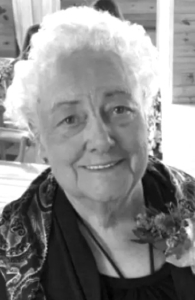 WINSLOW – Joyce Daugier Lessard Toman, of Winslow, passed away on Tuessday, July 2, 2024. Born on March 2, 1936, in East Vassalboro, she was the daughter of Raymond Daugier and Madeline Vigue Daugier Marcoux.
WINSLOW – Joyce Daugier Lessard Toman, of Winslow, passed away on Tuessday, July 2, 2024. Born on March 2, 1936, in East Vassalboro, she was the daughter of Raymond Daugier and Madeline Vigue Daugier Marcoux.
Joyce spent her entire life in the Winslow area. She graduated from Winslow High School and embarked on a 44-year career with Federal Trust Co., Fleet Bank (now Bank of America), in Waterville, retiring in 1998. Even in retirement she worked part-time at Merrill Bank and L.L.Bean.
Joyce was a member of St. John the Baptist Church, in Winslow, and enjoyed hobbies such as crafts, bowling, gardening, boating, snowmobiling, and camping at Snow Pond with her family. She actively participated in numerous community activities and was involved in various banking organizations throughout her career.
Joyce will be remembered for her kindness, generosity, and the positive impact she had on everyone who knew her.
Joyce was predeceased by her parents, mother Madeline Marcoux, stepfather Donald Marcoux; and husband, George “Buzz” Toman.
Survivors include her son, Scott Lessard and wife Mary; grandchildren, Shannon and Eric Lessard; and several step-grandchildren and great-grandchildren.
Funeral arrangements will be handled by Veilleux Redington Lawry Brothers Funeral Home, 8 Elm St., Waterville. Services will be held at Notre Dame Church in Waterville, on October 5, 2024, at 11 a.m., with burial at St. Francis Cemetery, in Waterville, following the service. There will be no visiting hours.
In lieu of flowers, donations may be made to Saint Michael School, 345 Church St. Livermore, California 94550.
JAMES R. DOE
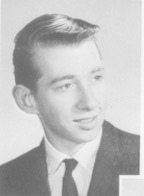 WINDSOR – James Russell Doe, 75, of Windsor, unexpectedly passed away at his home on Sunday, June 30, 2024. He was born in Waterville, September 26, 1948, to George William Doe and Carolyn Lavenia Fernald.
WINDSOR – James Russell Doe, 75, of Windsor, unexpectedly passed away at his home on Sunday, June 30, 2024. He was born in Waterville, September 26, 1948, to George William Doe and Carolyn Lavenia Fernald.
Jimmy was educated in the Windsor school system, graduating from Erskine Academy, in South China, on June 8, 1968, with perfect attendance throughout his high school years.
Jimmy was a dedicated and hardworking individual. He was a licensed forklift operator and industrial truck operator. He was employed by the state of Maine D.O.T. bridge division for 14 years, cleaning, painting and welding. He was employed at Statler Tissue, the 105-year-old mill on the banks of the Kennebec River, in Augusta, for 14 years as a back tender and spare machine tender. Jimmy was a talented and artistic designer and carpenter. He sketched and built furniture. He was a self-employed carpenter and had a furniture refinishing business, as well as home maintenance. He was always building projects that went beyond expectations. He built classic steel wooden runner sleds for a teacher’s two children who still have them today. He was fondly remembered by the Jefferson Village School staff.
Jimmy enjoyed classic vehicles of which he owned many, such as his immaculate 1955 and 1957 Chevys, 1979 Pontiac Firebird Trans Am, a burnt orange Corvette, a Camaro, multiple trucks and Harley motorcycles. He was a perfectionist and kept everything he owned in a neat, clean and pristine condition. His sister, Joyce, fondly remembers Jimmy giving her motorcycle rides. Jimmy enjoyed going off-road 4-wheel truck driving with his brother Danny, exploring the roads less traveled. Together they frequently worked on vehicles and welding projects.
Jimmy will be missed at his Saturday morning drive to Dunkin’ Donuts, shopping a Tractor Supply, lunch at Burger King and afternoon visits with his brother Ralph.
He was always helping family and friends, as he was very skilled with his hands. He helped his brother Peter with his tractor, making parts from scratch, as well as helping Peter rebuild his barn.
Jimmy’s laughter was explosive and memorable. He loved old time Rock ‘n’ Roll, and the Beatles music.
Jimmy will be remembered by the many lives he touched. He was actively involved with Disabled American Veterans Commanders Club, and cited as a Silver Leader in recognition for his outstanding devotion and generosity. He was a Special Olympics Partner and Supporter, donating annually all of his spare change he collected in his cigar box, and dropping it off at the Capital Area Federal Credit Union’s fundraiser. He dontated to the Father Flanagan’s Boys Home Children of Boys Town, helping to ensure that everyone deserves the chance to reach their full potential.
Jimmy was a strong-willed and set-in-his-ways private and quiet person, but he had an enormous heart and sense of humor. He was generous, loyal and clever through the knowledge gained from his life experiences.
He was a proud man who did not ask for help as he would problem solve independently before reaching out. He will always be the golden hair, hazel eyes, slender built, 5-foot, 11-inch Harley driving “Easy Rider”.
His departure came as a great shock and the entire family and community feel this loss. Jimmy lived the best life he knew. While everyone mourns his loss, they take comfort in knowing his earthly body suffers no more pain. His soul is now in the comfort of God and heaven, safe and at peace.
Jimmy is survived by seven siblings, Peter S. Fernald, Ralph E. Doe, David P. Doe and wife Carla, Debbie A. Barnes and husband Robert, Diane L. Brown and husband Robert, Daniel R. Doe, Joyce E.Vittoriso, and husband Alan; sister-in-law Lois Doe; seven nieces; 13 nephews; cousins.
He was predeceased by his parents, George and Carolyn, brother Alan L. Dodemont and wife Joyce, brother Jay C. Doe, sisters-in-law Phyllis Fernald and Madeline Doe, and nephew Adam Schools.
His ashes will be laid to rest at Rest Haven Cemetery, in Windsor, on Saturday, September 28, 2024, at 11 a.m.
JOANNE R. GAGNON
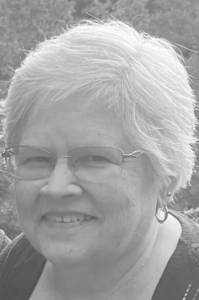 BENTON – Joanne Robinson Gagnon, 72, passed away peacefully, holding the hand of her husband of 53 years, Roger Gagnon. Joanne was born the youngest daughter of the late Kelsey and Edith Robinson.
BENTON – Joanne Robinson Gagnon, 72, passed away peacefully, holding the hand of her husband of 53 years, Roger Gagnon. Joanne was born the youngest daughter of the late Kelsey and Edith Robinson.
She was a lifelong resident of Benton and graduated from Lawrence High School, in Fairfield.
Joanne had a 42-year career at Warren Bros/Tilcon/Pike Industries, serving most of those years as their accounts receivable manager. She had great friendships with both coworkers and many appreciative customers.
Joanne was a talented quilter and crafter. She was very clever and could figure out how to make or fix nearly anything. She also enjoyed reading, movie watching and shopping.
Joanne is survived by her husband Roger; daughter Heather and her husband Brett Libby; son Barrett and his wife Wendy Gagnon; grandchildren Taylor, Shelby, Elizabeth, Gabriel, Amelia, Kaiden, Caleb; great-grandson Everett; her brothers Eugene and Gary (Mary) Robinson; sister Maxine Dennis; sister in-law Pam; and nieces and nephews.
Predeceased family members include parents Kelsey and Edith, siblings, Harvey (wife Donna), Horace and sister in-law Beverly Robinson.
Arrangement under the care of Veilleux-Redington-Lawry Brothers Funeral Home 8 Elm Street Waterville Maine.
Service to be held Thursday, Sept. 12, 2024, visiting hours will be 11 a.m. – 1 p.m., with service to follow. There will be a private grave side burial with family members.











